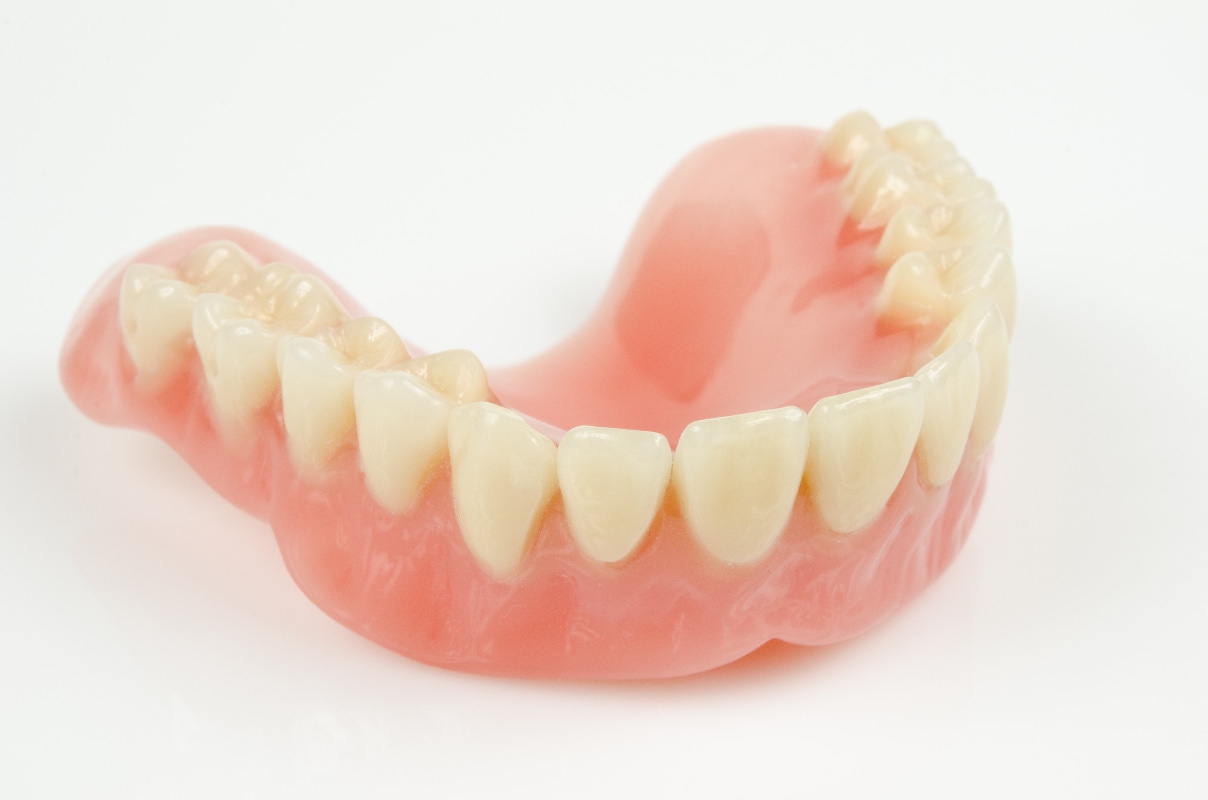The right temporary for every problem
One of your teeth must be crowned solution? In the course of treatment, you will need a temporary restoration that covers the prepared tooth. The temporary crown is usually plastic made by your dentist himself after he has grounded down the tooth in question and then inserted directly. Then a dental technician creates your final crown in the lab.
With a provisional clamp prosthesis, on the other hand, your dentist will close small or larger gaps if, for example, there are root-canal treatments, bridges or implants. This removable short-term denture is also known as an interim prosthesis.
In order for a temporary clamp prosthesis to be made in the lab, your dentist makes an impression of your dentition, if possible, even before you pull your teeth. A simple staple prosthesis usually consists of wire and solid plastic. But there are also variants made of flexible plastic. It is also possible to have a higher quality model cast prosthesis made.
With an adhesive bridge, which is also called "Maryland Bridge", smaller tooth gaps can be closed. This temporary is worn by special glue from the adjacent teeth and usually consists of metal or ceramic.
In the meantime, if you have an implant restoration, you can close your gaps in your teeth with short-term implants. These temporary restorations, also known as interim implants, are usually smaller and rougher than the later replacement teeth.




